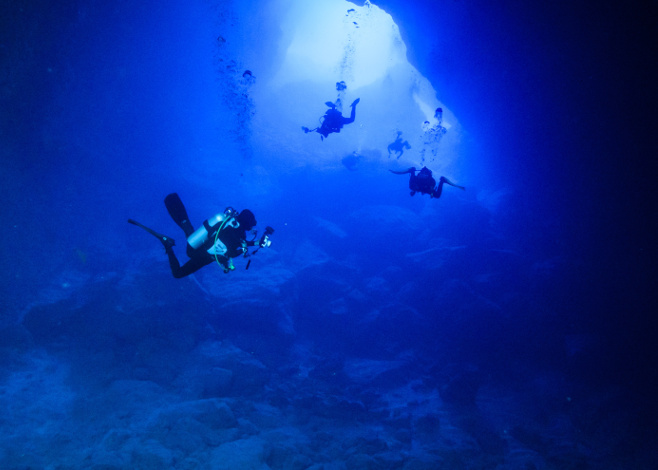bilboinsa
Contributor
Well, it depends on a lot of things, despite the navy searching for several days. First, depending on how he was weighted, your buoyancy decreases as you go deeper (remember gas compression). So, the corpse just stays down there or even sinks. Second, currents take stuff. Third, it’s a big ocean.I have been searching for a week for an update. Every news article is of the original story that they are searching. Do we ever get an update of where the person is from, what happened, age, etc? I find it odd that there has been nothing at all.
Lastly, details of the diver’s identity is probably limited for privacy reasons, and respect for the family.




